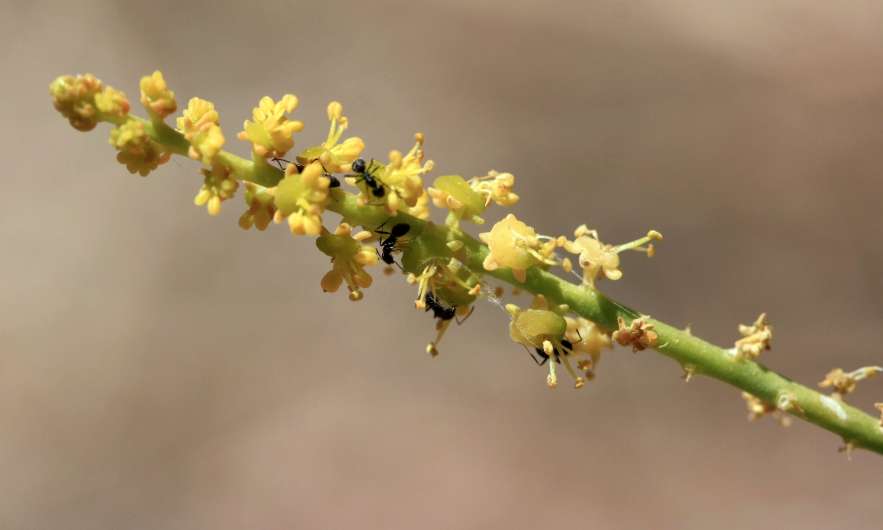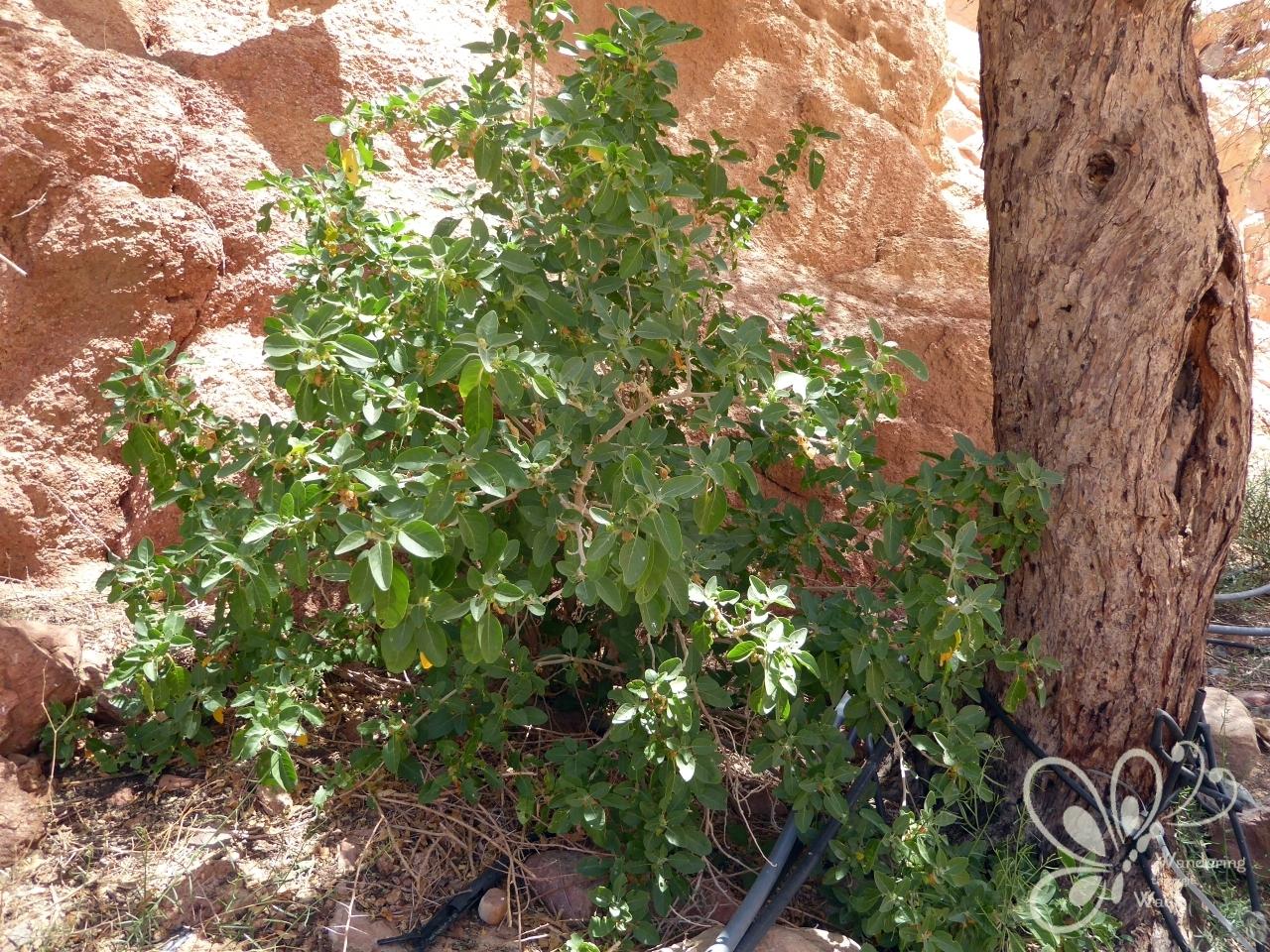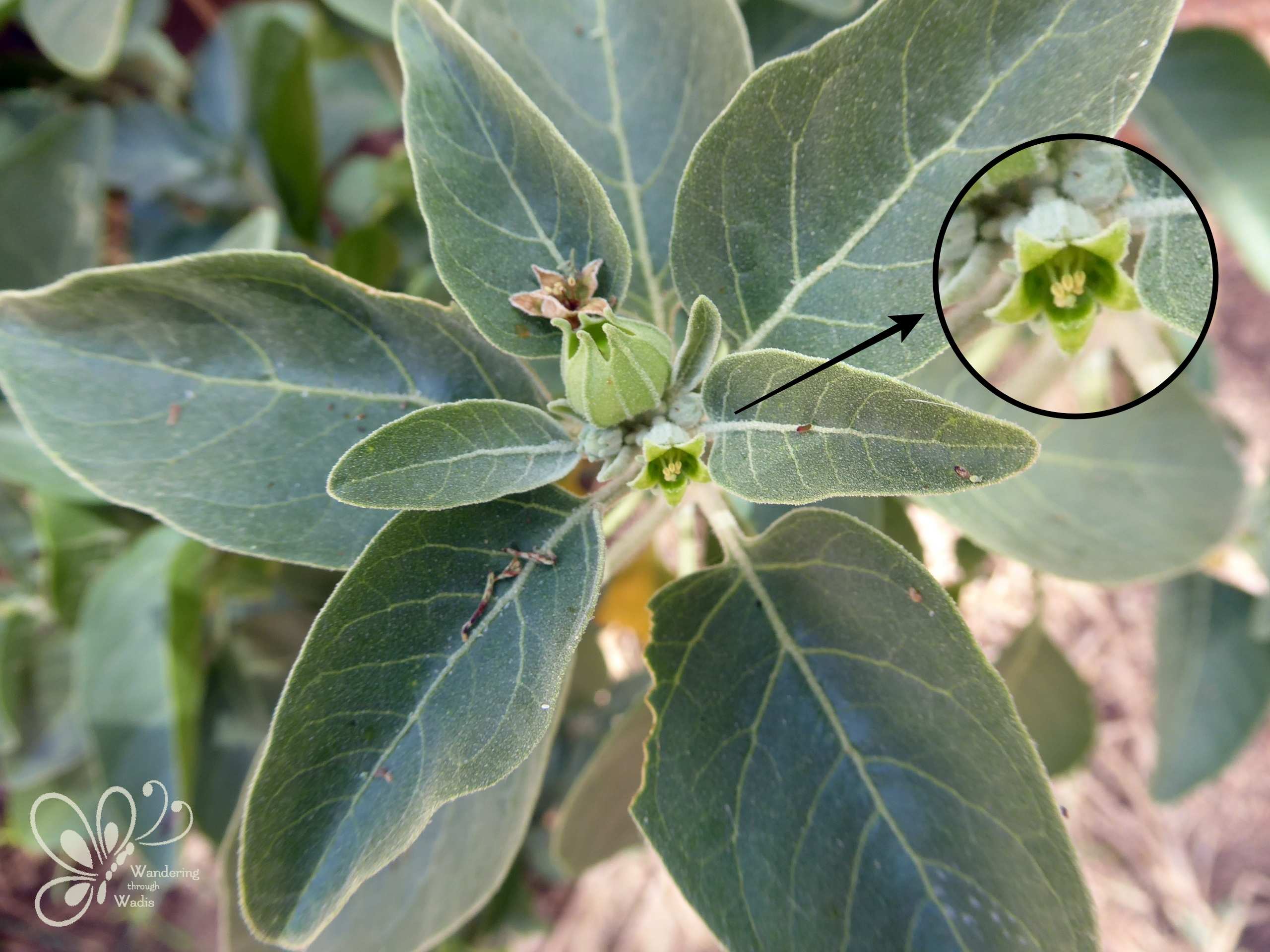The Cuscuta genus is the only parasitic genus in the Convolvulaceae, otherwise known as the bindweed or morning glory, family of plants. And Cuscuta species, commonly known as dodders, are the most well-known and widely spread example of stem holoparasitic plants. That’s right, these plants are obligate parasites. They do not contain chlorophyll and cannot, therefore, photosynthesize to make their own food. They must acquire the needed nutrients and water from their host plants.

Folk names, in English, for plants in this genus include wizard’s net, devil’s ringlet, strangleweed, and witch’s hair, to name just a few. I love the imagery of these terms! And once you’ve seen this plant in action, you realize these are great descriptions of these plants that climb, scramble over, and entwine themselves on their host plants with their slender, thread-like stems.

And it is from these many stems that grow haustoria, specialized tube-like growths that insert themselves into the vascular system of the host plants. This allows the dodder to absorb nutrients and water, and therefore grow and attach itself to multiple plants.

Because the plant does not photosynthesize, there is not much need for leaves, and so the leaves on dodder are very tiny scales. The stems range in color from reddish to yellowish. The small flowers are white, yellow, or cream colored and always hermaphrodites. The stems coil in a counter-clockwise direction.

The parasitic dodder seedlings can germinate and sprout but need to find a host plant quickly, usually within 5 – 10 days, or they will die. They have therefore adapted to use chemosensory, or an ability to sense chemical signals, to grow towards nearby plants. Until they are able to reach a host plant to parasitize, they rely on the food stored in the seed.

Dodder is parasitic on dwarf shrubs, herbs, and grasses and prefers soil with low salinity. We came across dodder in the small oasis of Um Saida (pictured below), near Wadi Kid. The dodder was growing across shrubs of Fagonia sp. as well as herbs such as wild mustard, or jahag (Diplotaxis acris). The dodder was tangled and growing over many plants, clearly illustrating how this could become a problem if the plants parasitize agricultural crops.


There are three species of dodder found in Sinai: Cuscuta palaestina (Palestinian Dodder), C. planiflora (Flat-flowered or Small-Seeded Alfafa Dodder), and C. campestris (Field Dodder). Although Cuscuta species have a rich history of traditional uses in folk medicine around the world, I came across no recorded uses in Sinai in any of the research I was able to access. I am curious to speak with more Bedouin who are familiar with the dodder growing in Sinai.

















































































